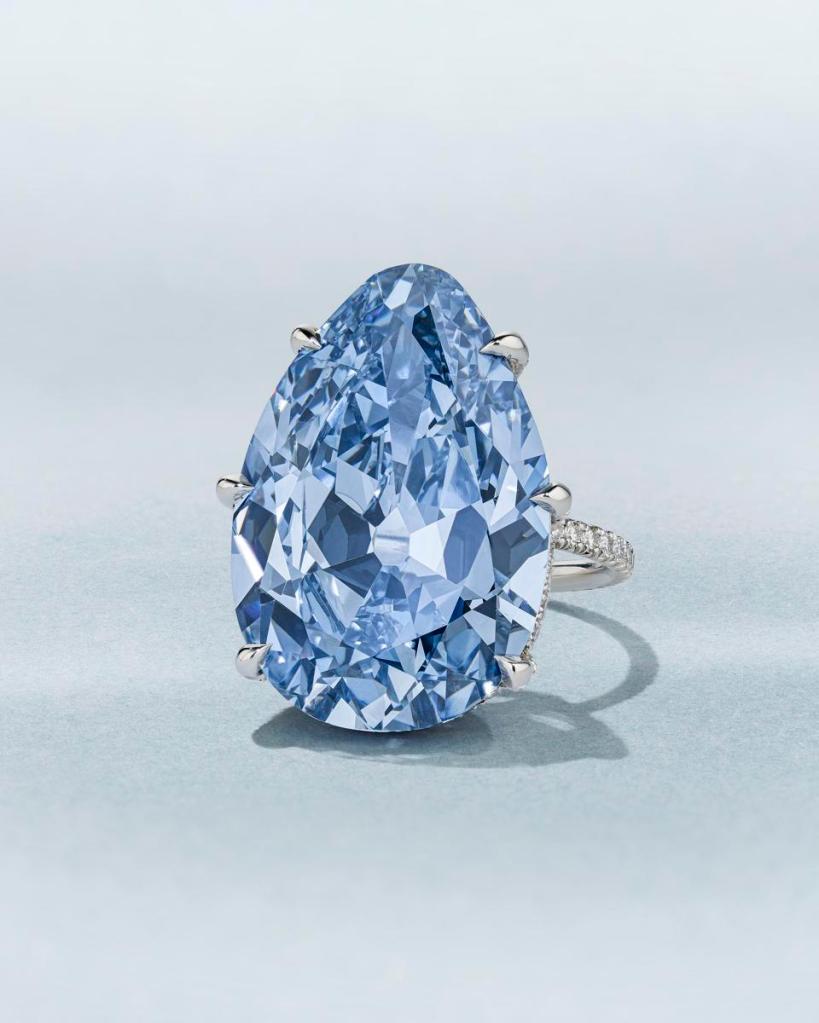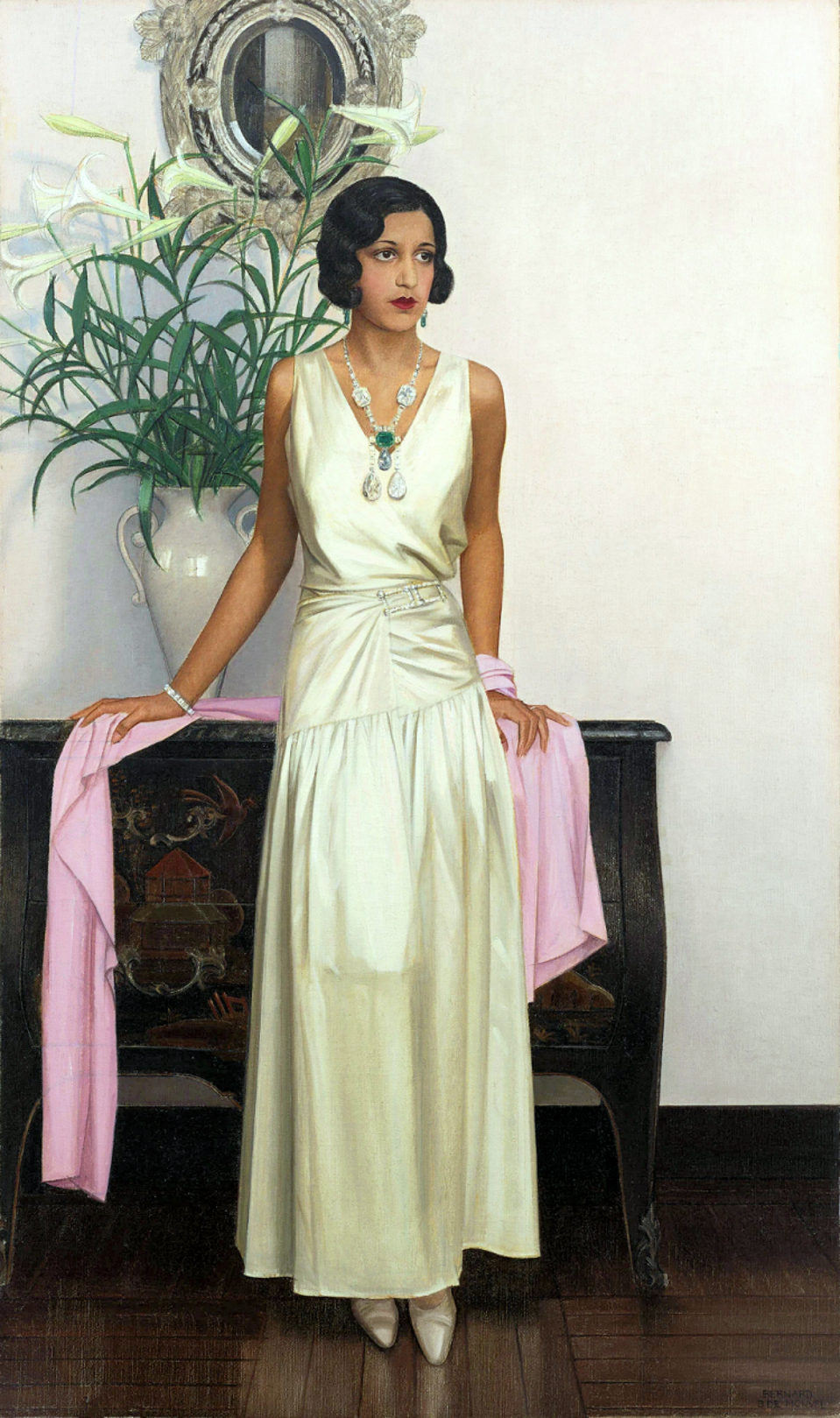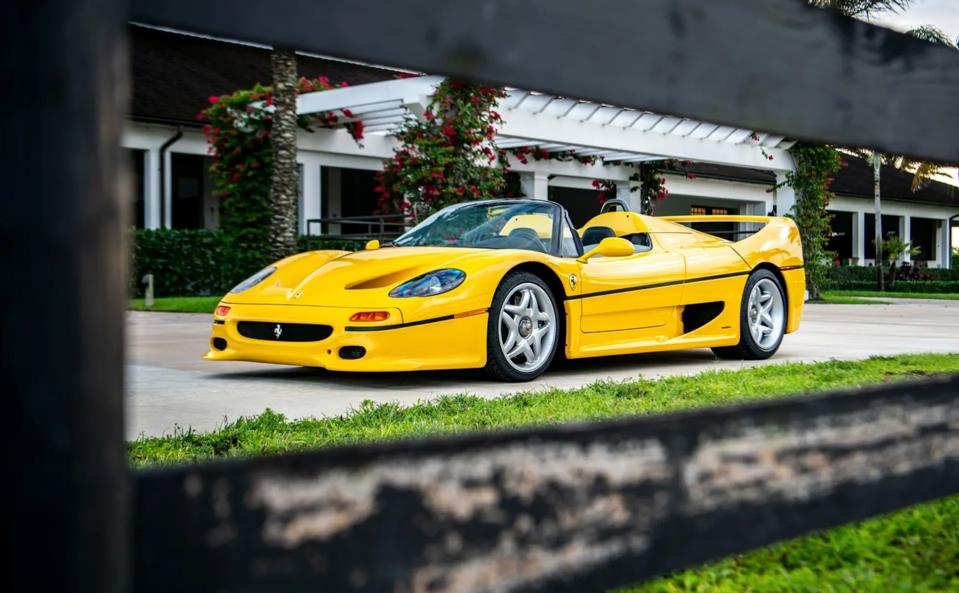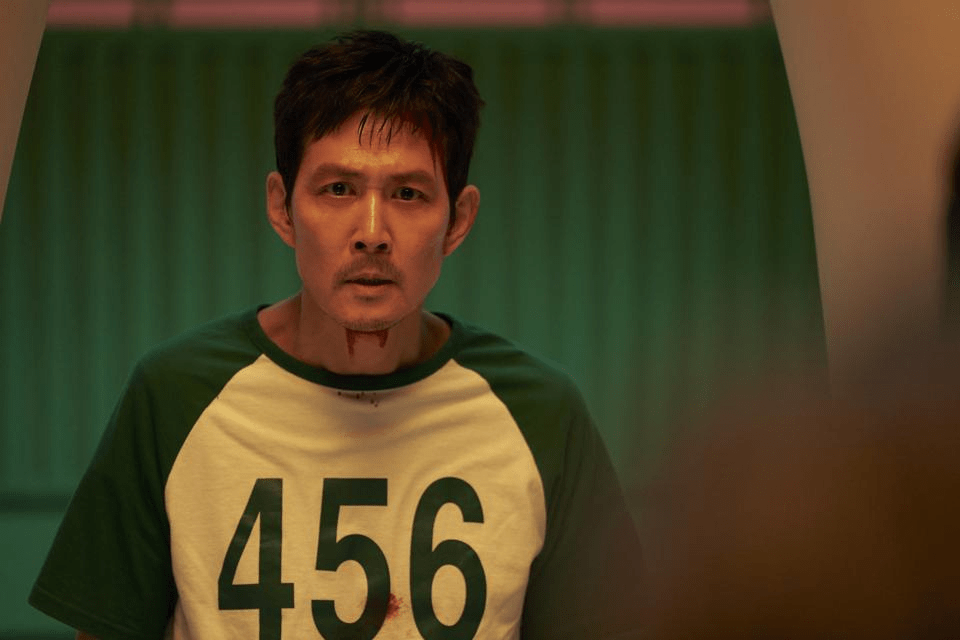The 23.24-carat “Golconda Blue” fancy vivid blue diamond has been pulled from the May 14 Christie’s Magnificent Jewels sale. If it went to auction it would have been the largest fancy blue diamond to have been presented at a public sale. Its estimate was US$35 – $50 million.

Christie’s provided a brief statement saying the unidentified owner of the sale decided to sell it within the family. The statement reads:
“The Golconda Blue’s historic provenance, uncovered by Christie’s research, has generated considerable market interest and much excitement globally. At this time, the owners have made the decision to pursue a sale of the diamond to a family member.”
A spokesperson for the auction house further reinforced that it was a personal decision by the diamond’s owner to sell it within the family.
“We can confirm that neither tariffs nor any financial market movement was responsible for the change,” the spokesperson said.
Christie’s, in a previous statement, said The Golconda Blue ranks among the rarest and most important diamonds ever discovered throughout history.
The diamond was on a world tour and was on view in Hong Kong when the decision was made to pull it.
The massive pear-shaped gem has additional star power as it is mounted in a contemporary ring by esteemed high jewelry artist, JAR.
The diamond also has Indian royal provenance. Yeshwant Rao Holkar, the Maharaja of Indore and a member of the Holkar dynasty. In 1913, his father acquired the famed Indore Pear diamonds from Chaumet, marking the beginning of a long-standing relationship with the historic Parisian Maison, Christie’s said. In 1923, during another visit to Chaumet, he commissioned a diamond bracelet set with his 23-carat pear-shaped Golconda blue diamond.
Yeshwant Rao Holkar appointed Mauboussin as his official jeweler in 1933. The French jewelry house created a long flowing necklace that included both the Golconda Blue and the Indore Pear diamonds. It was worn by the Maharani of Indore memorialized in a portrait by Bernard Boutet de Monvel.

Sanyogitabai Devi of Indore (1914-1937), The Maharani of Indore painted by Bernard Boutet de Monvel in 1934
Christie’s
In 1946, Winston purchased the Indore Pear diamonds from the Maharaja, and the following year, in January 1947, he acquired this 23-carat blue diamond. Winston later set it in a brooch alongside a matching 23-carat white diamond, which he sold to the Maharaja of Baroda. The brooch was subsequently reacquired by Winston and resold as a newly designed jewel to its current owner.
“Exceptional noble gems of this caliber come to market once in a lifetime,” said Rahul Kadakia, Christie’s international head of Jewelry, in a previous statement. “With its Royal heritage, extraordinary color and exceptional size, The Golconda Blue is truly one of the rarest blue diamonds in the world.”
Golconda diamonds are among the oldest and most after diamonds in the world, prized for their purity. The first known mention of these diamonds is with a reference found in a 4th-century Sanskrit manuscript. In 327 BC, Alexander the Great brought diamonds from India to Europe, sparking the West’s enduring fascination with these rare gems, Christie’s said. By 1292 AD, Marco Polo chronicled the beauty of Indian diamonds in his travel writings.
“Today, The Golconda Blue stands not only as a natural marvel but also as a storied jewel, with a provenance bridging continents, dynasties, and centuries,” Christie’s said.



